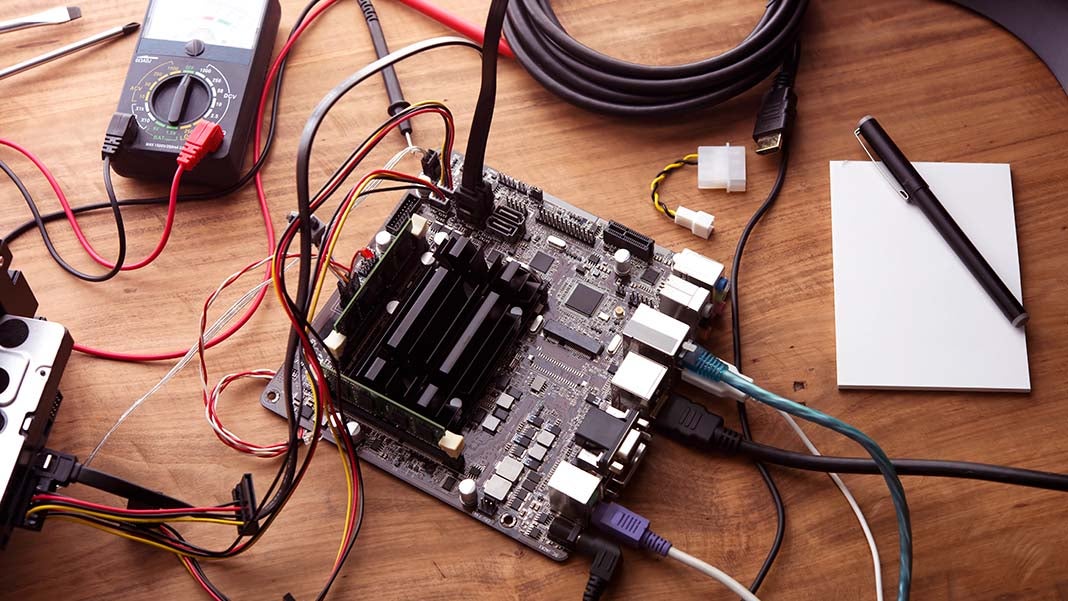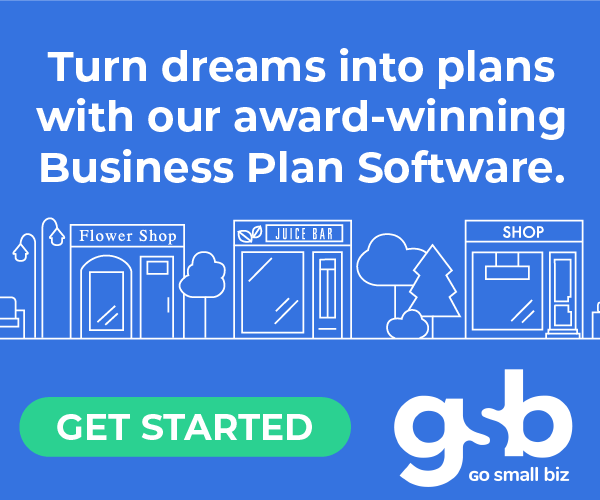What Makes for an Effective and Useful Prototype?
By: Dan Coconate

Building a prototype can be the difference between an idea that takes off and one that stalls. An effective prototype not only communicates your vision but also addresses key questions about design, functionality, and user needs. Entrepreneurs like you know this step is critical for inspiring investors, refining concepts, and validating assumptions. But the question remains, what exactly goes into creating an effective and useful prototype? Let’s break it down.
Prioritize Problem-Solving First
A great prototype doesn’t try to do everything at once. Focus on the problem your product or idea is solving, and design around it. Inspired ideas often get diluted when the prototype aims for perfection rather than clarity. Ask yourself, “If I could show just one thing, what would it be?” Whether it’s a simplified app interface or a physical product with limited mechanics, a focused prototype will communicate that vision clearly.
Choose the Right Tools for the Job
Every prototype needs the right set of tools. Low-tech sketches or simple 3D printouts might suffice early on, while advanced software could take center stage later. A tactile prototype can sometimes demonstrate functionality better than digital wireframes. Entrepreneurs finding themselves in detailed mechanical designs will notice that “hands-on” prototyping has evolved rapidly. For instance, CMM technology has evolved significantly over the years, enabling better precision and iteration speed for quick prototype development and design adjustments. The right tools empower you to test, refine, and move forward with confidence.
Include User Feedback Early
A prototype is not just about you; it’s about the users who will engage with your idea. Test it early with real people in your target market. Is the problem being solved? Does the design function intuitively? Gathering genuine feedback—not just praise—is vital. Reactions might surprise you and push your prototype toward something even more impactful.
Be Agile With Iteration
The prototyping process works best when you’re adaptable. Adjust quickly as feedback and insights roll in, and remember that your first version likely isn’t your final one. The quicker you test, tweak, and repeat, the faster you’ll arrive at something well-tailored for its purpose. No matter how rough an idea might seem initially, refinement comes from stepping into the cycle and staying flexible.
From Vision to Reality
By focusing on problem-solving, leveraging the right tools, listening to users, and refining ideas on the fly, you’re on track toward creating an effective and useful prototype. This crucial step acts as your vision brought to life while ensuring it resonates with others. Entrepreneurs know progress doesn’t arrive in a perfect package but through bold iterations and a commitment to learning. Keep experimenting, and soon, your prototype may become the foundation for something remarkable.
43 Views












